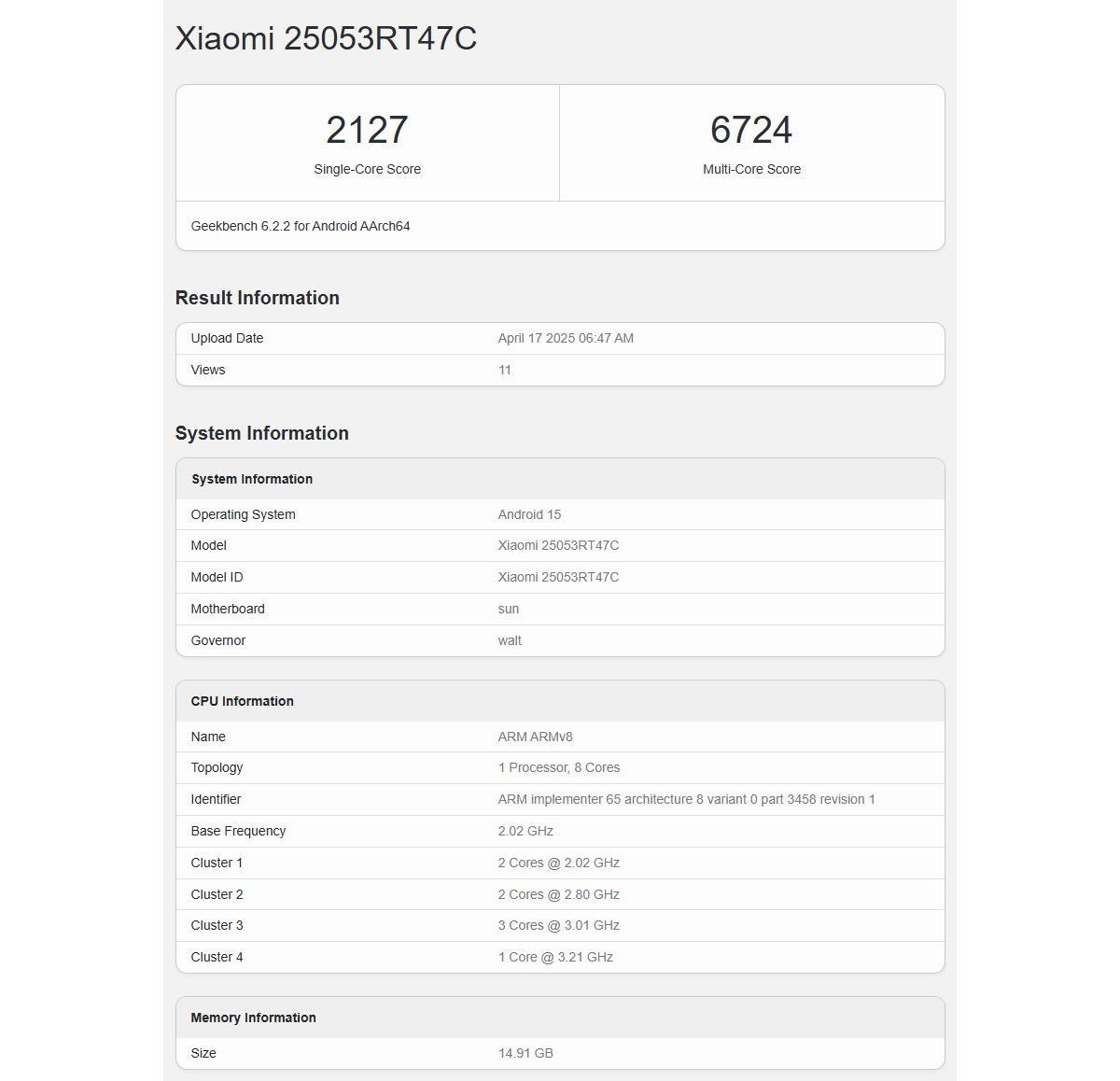Why It's Time for Apple to Rethink the Annual iPhone Release Cycle
As the tech world gears up for the anticipated launch of the iPhone 17 in September 2026, it's worth considering whether the traditional one-phone-per-year strategy still makes sense. In an age where technological advancements occur at lightning speed, the iPhone lineup needs a refresh – but perhaps not in the form of annual iterations. Let’s explore the arguments for a new approach.
Observing Market Trends
More people are holding onto their devices longer, with mid-range and higher-end smartphones retaining their value and performance for at least two years. | Image credit – PhoneArena
Reasons to Break the Annual Release Cycle
Tim Cook's recent concerns over iPhone 17 inventory issues highlight the difficulties tied to frequent releases. The shortage of low-CTE fiberglass cloth, a crucial material for device construction, signals that the current model may not be sustainable long-term.
Advocating for Biannual Releases
Imagine a world where we see significant upgrades and changes every two years, rather than minor tweaks each fall. A lengthened release cycle could lead to more innovative designs and features, plus a stronger focus on refining existing technologies.
Concept designs for the iPhone 17 Pro suggest exciting possibilities. | Image credit – Majin Bu
In conclusion, as consumers become increasingly selective about new purchases, it may be time for Apple to reevaluate its strategy. A biannual release could not only satisfy consumer demand for innovation but also improve production stability.





